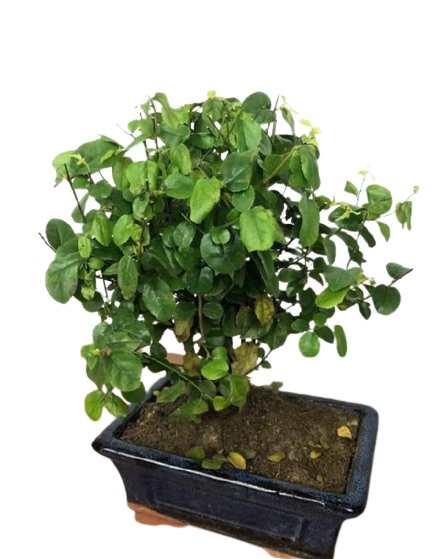characteristics and care Bonsai
Bonsai
technical name:
Bonsai
common name:
Bonsai
family:
source:
Location:
Interior
pet friendly:
Yes

Learn with Jordi the gnome
Bonsai
What an illusion to talk about bonsai, this precious and well-known ancient technique for growing plants! At some point, everyone has seen a Bonsai, but few know how to take care of it (wow, it has stuck with me like a Chinese proverb!). This technique basically focuses on the maintenance and care of small trees and plants, modifying them so that they remain smaller than normal. Specifically, I am going to talk about the Ficus Bonsai, a species that stands out for its easy care and its aesthetic value.

como cuidar la Bonsai
light and temperature
One of the characteristics that bonsai share is that they must receive sunlight, especially during the first half of the day, since this is essential for them to grow well. Ficus Bonsai prefer warm environments, above 15º C. I recommend leaving it near a window so that it receives more light and therefore more heat. Even so, this window must remain closed, since drafts do not suit you too well.
irrigation, fertilization and transplant
In general, irrigation is one of the key points in bonsai. In the case of Ficus Bonsai, wait until the substrate is slightly dry before watering it again. And when watering, the amount of water should be generous. In fact, it should be watered until the water begins to come out of the drainage holes. Of course, you should be careful not to spill the earth. It would break the whole roll! If you want to take maximum care, I recommend that you irrigate with rainwater, since it is the most natural. All very Zen. To achieve its famous aerial roots, it is important to maintain a high level of humidity. That is why a little water should be sprayed on its leaves once a day. The most suitable fertilizer for this type of plant is organic fertilizer, and it should be applied especially during the summer and winter months. The ideal time to transplant bonsai is late winter-early spring. In general, it is usually done every two or three years, once the land has been worn away.
diseases and pests
Ficus Bonsai do not usually have very rare diseases, but even so they are not free from the same pests as any other plant. Therefore I recommend something universal: take maximum care of it to prevent any possible disease or pest. In any case, if something like this appears, it could be treated without a problem with a fungicide or acaricide.
Jordi's notes
Personally, I consider myself a very knowledgeable plant gnome, but bonsai are a world apart. I was recently talking with my Chinese cousin, and I was fascinated by all the details that this ancient technique has: from the classifications made of bonsai to the different ways in which they can be pruned... It's incredible! I get the feeling that the Ficus Bonsai is one of the most representative in the world of bonsai, so I'm going to call it China, in honor of its country of origin.